(8h-22h to T2-T7; 18h Sunday)

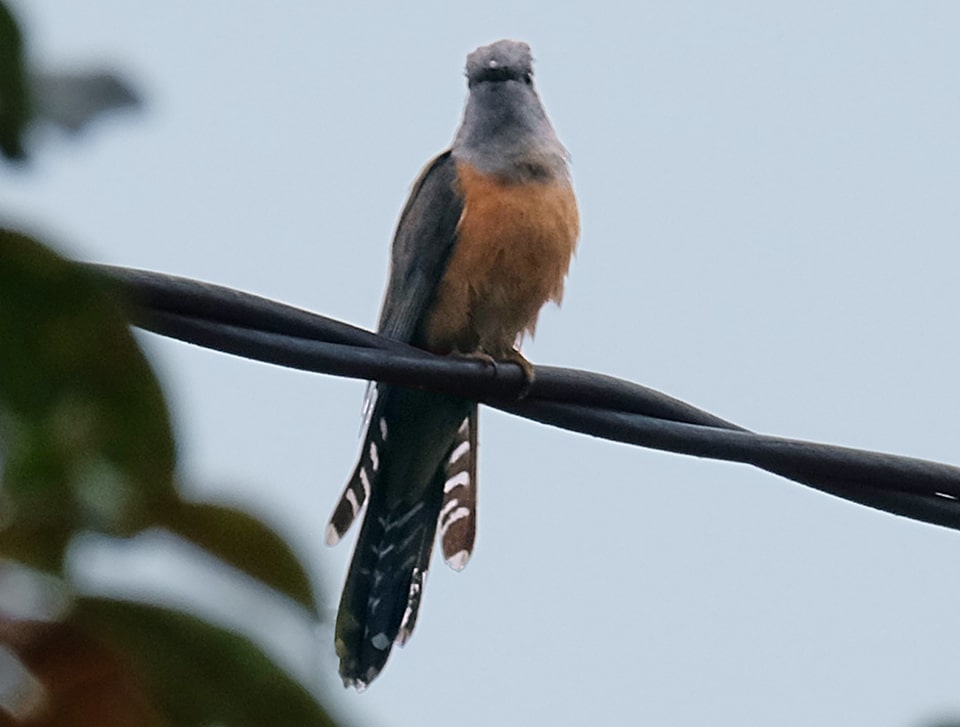
Plaintive cuckoo adult: Gray head, neck and thorax contrasting with upper body, dark brown and reddish brown under thorax and abdomen. The upper part of the tail is pale black with many narrow white stripes. Females usually have reddish-brown upper body feathers and pale green undersides with full body stripes. The tail has distinctive thick stripes. Young birds: similar to the plumage of the female. But paler and with white spots on the occipital.

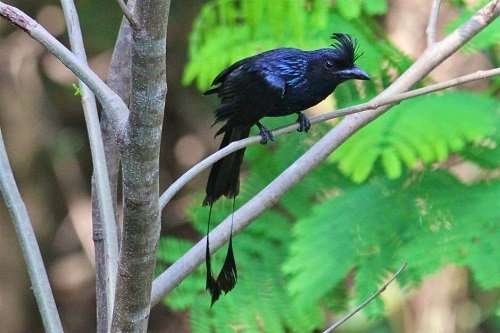
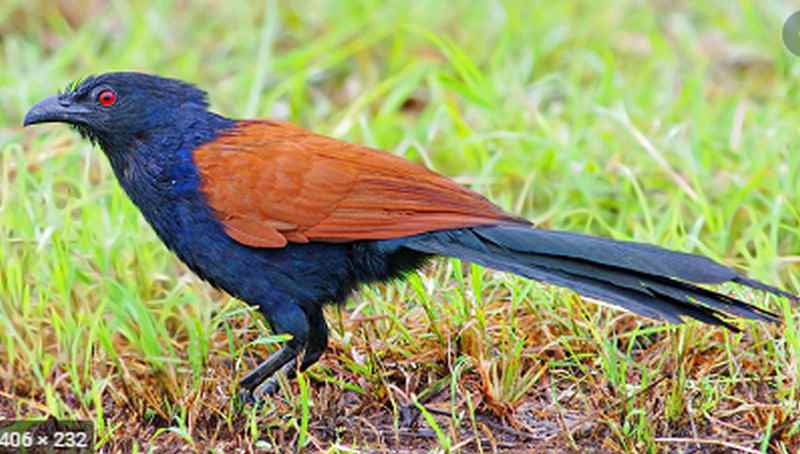
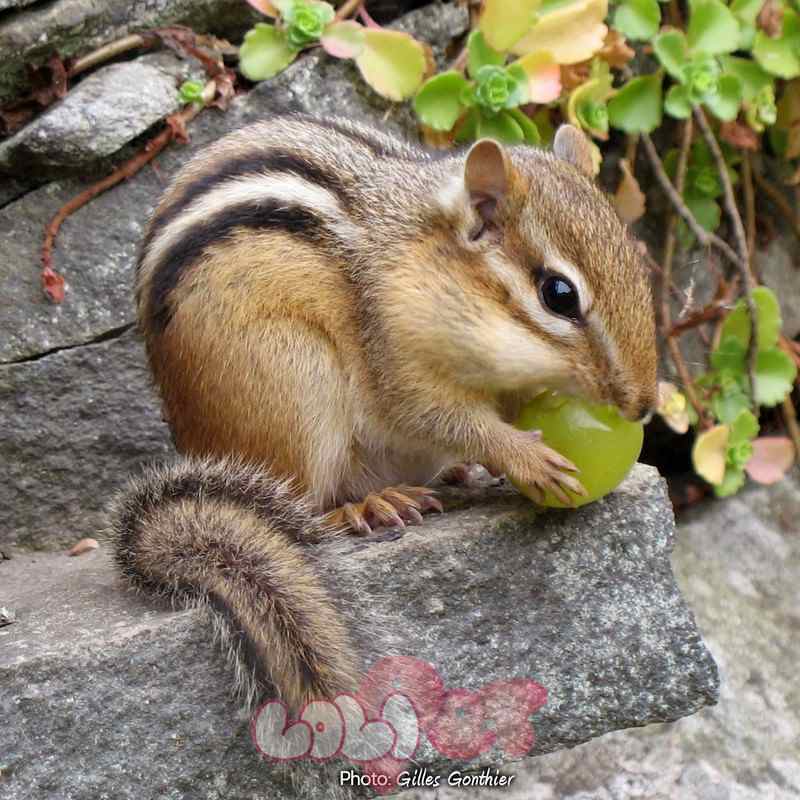
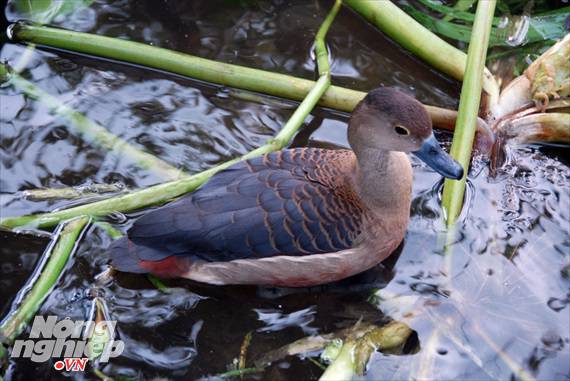
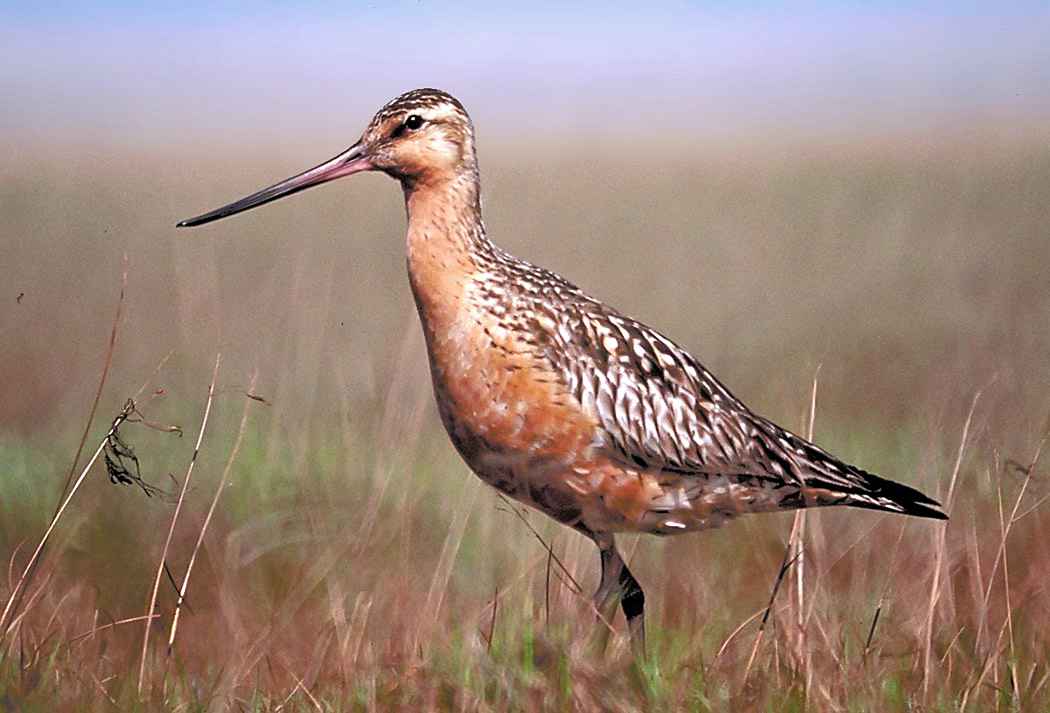
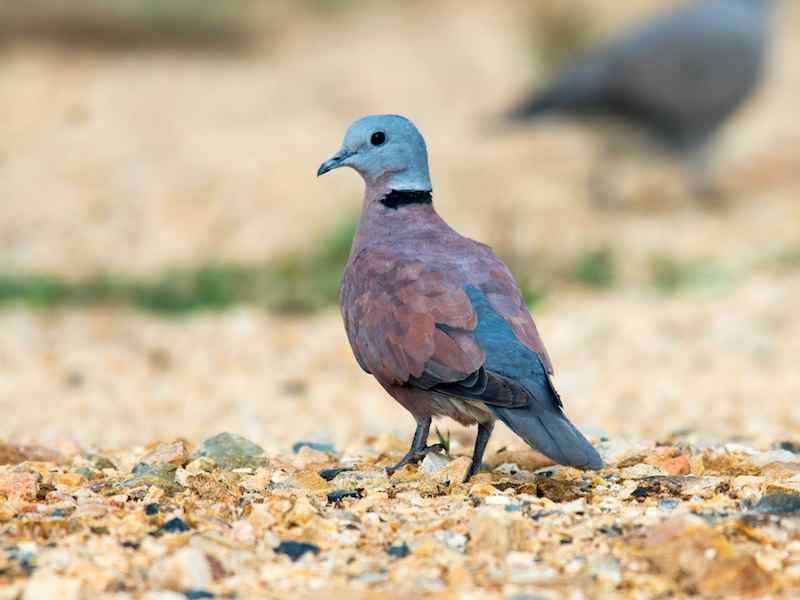
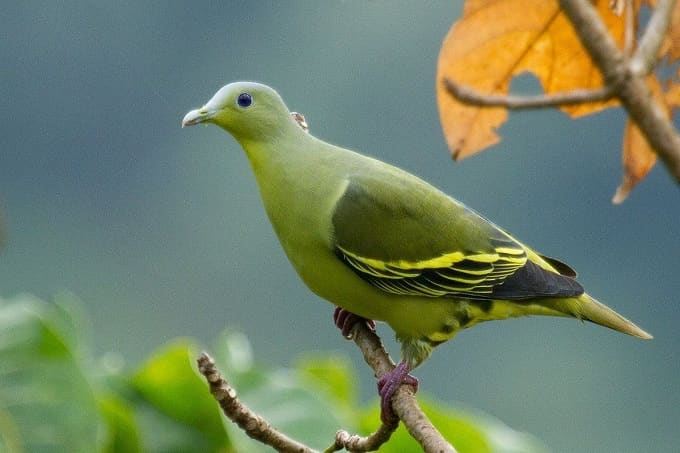
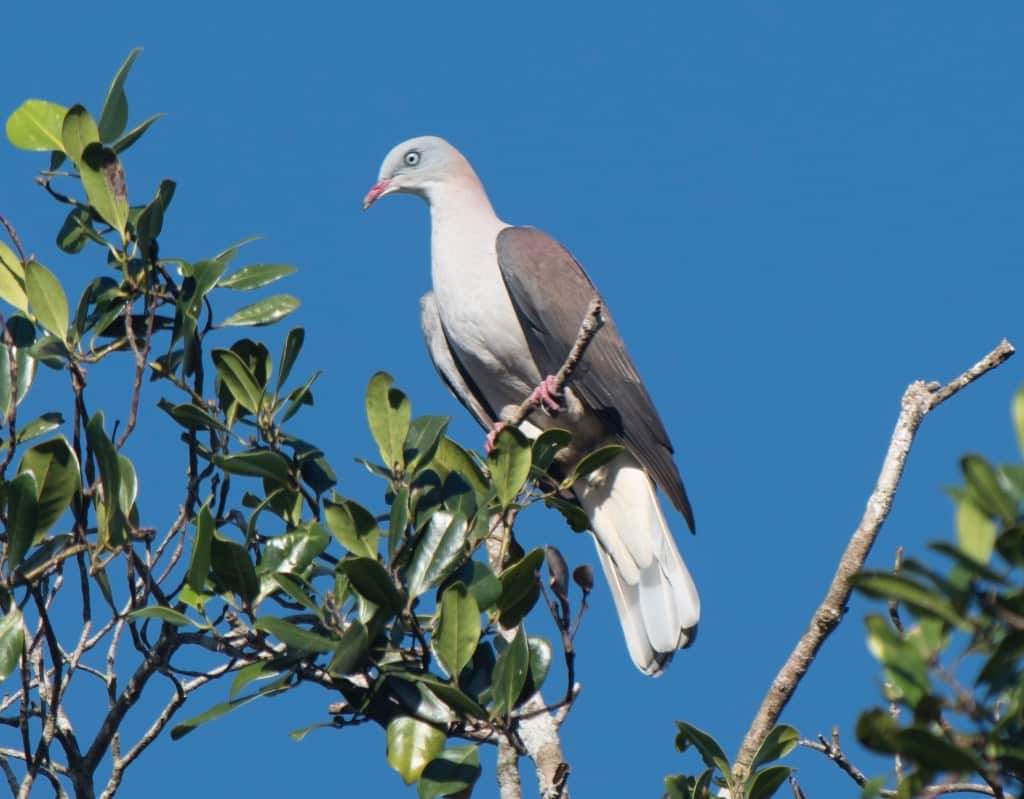
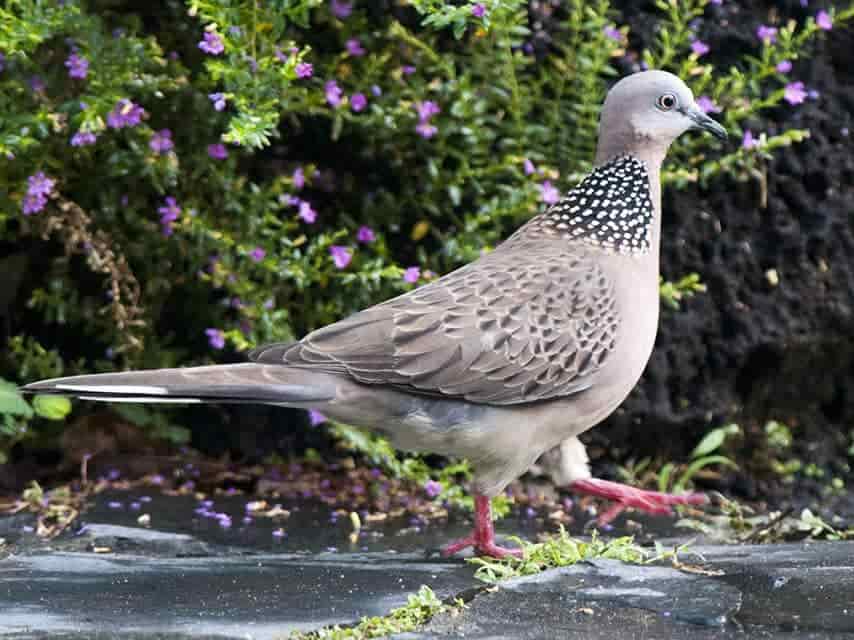

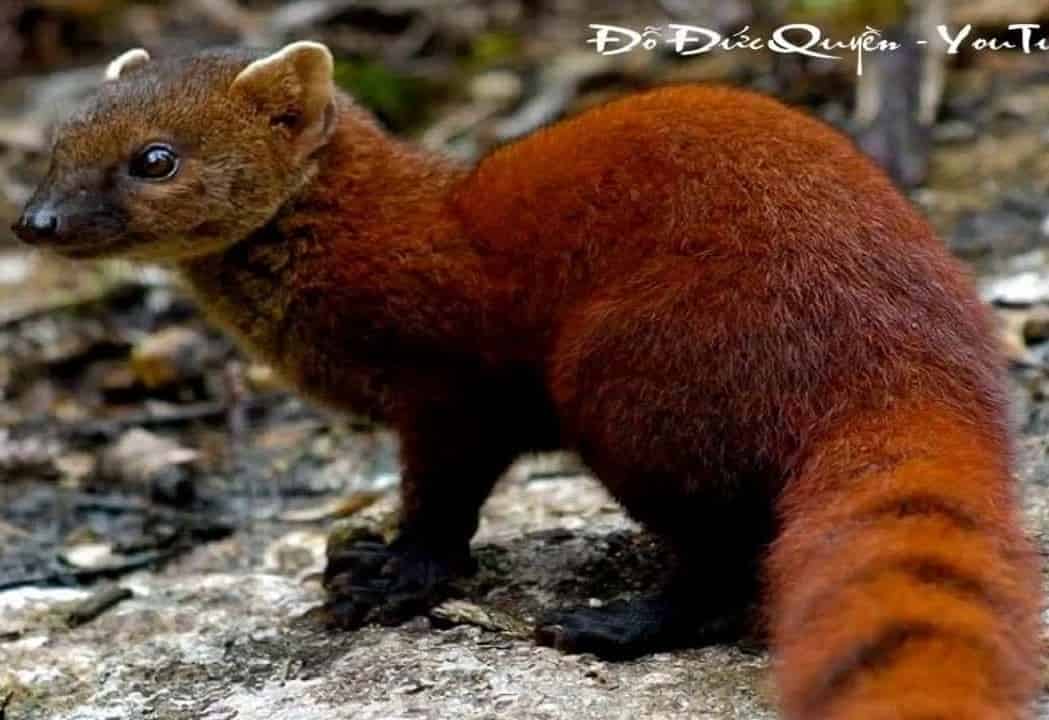
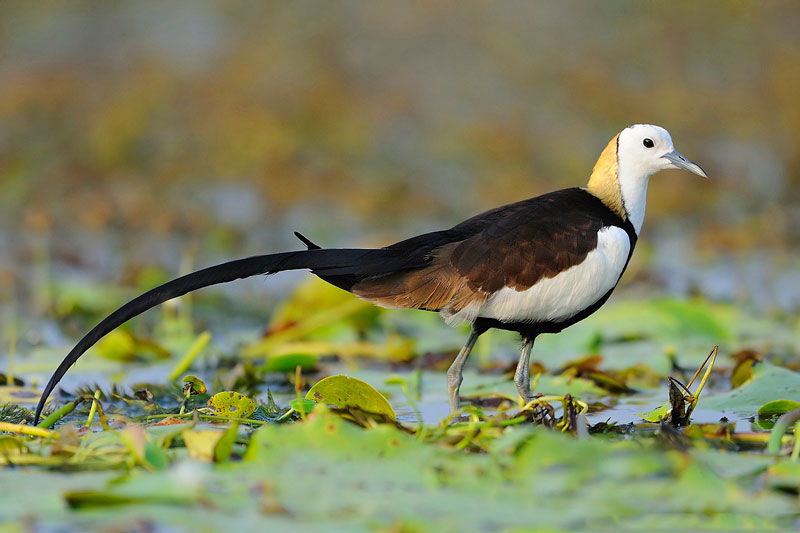
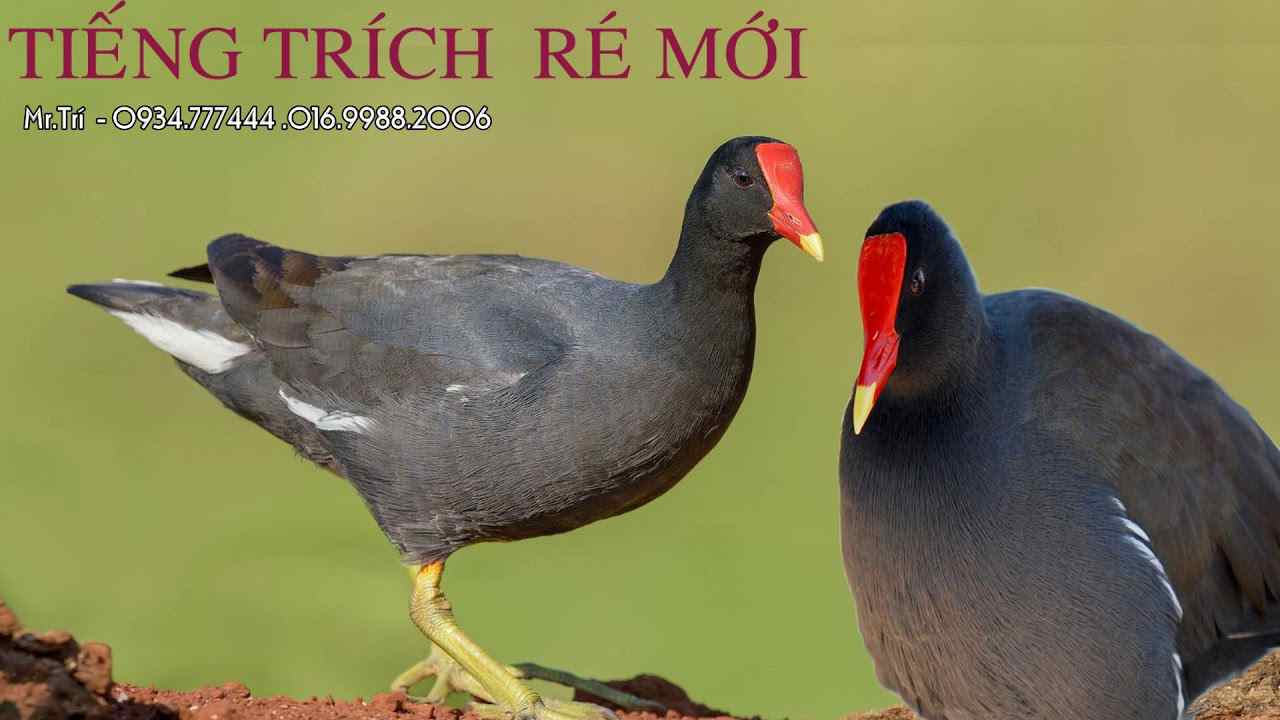
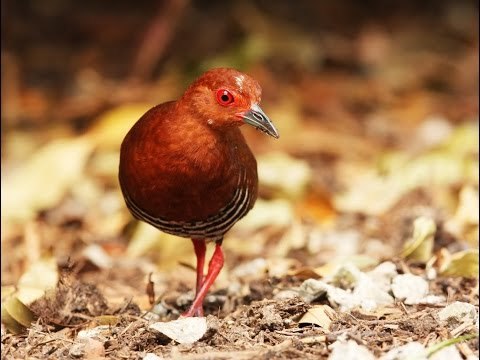
The file is processed to remove noise suitable for training the national birds to practice and practice their voices, in addition, it can be used to effectively activate the national bird.
Pheasant tailed jacana is a species of bird in the family Jacanidae, native to India, Southeast Asia and Indonesia. This animal moves a small distance. But northern breeding populations from southern China and the Himalayas migrated to peninsular India and Southeast Asia.
Ruddy breasted crake belongs to the waterfowl family, body size 27 cm, weight 0.3-0.5 kg, easily identifiable by body color: reddish brown, red eyes, red legs with black stripes below breast. They live in swamps, fields, ponds, lakes, rivers and streams... They lay 3 - 6 eggs, live in pairs during the mating season. This bird is very sensitive to sound, as long as it hears the call in the area where they live, it will immediately find it.
Are you looking for the sound of Junglefowl to return to the jungle fowl or to trap wild fowl? Well if you are looking for the Junglefowl mp3 file, please download this file to try it out, this file has been processed to remove noise and play it to hear the sound is very realistic and easy to fool the chickens, wish you be successful.
Yellow bittern juvenile is also known as stork gong, stork ma and in some places called stork stork. With a fairly small body and with fiery red fur or some are reddish brown and mixed with a little gray. This bird usually lives in fields where insects and shrimp live. They often nest on reeds, reeds, pineapple thorn bushes.... Laying about 4-6 eggs. Eggs are white and egg whites are usually pale green and very fishy.
This species Coucal can be easily recognized by its body color. Wings and back reddish brown. Blue tail, black belly, dark blue chest and neck, red eyes. Strong beak for tearing prey. As a raptor they eat mice, snakes, eggs and small birds, their habitats are dense forests, rivers, rice fields, forest edges, reed grass...
This chipmunk sound The clear sound of the chipmunk we treated reduces noise. Suitable for trapping squirrels and luring them into the trap area. Good luck.
Watercock bird, copper chicken with body size 43cm, weight 0.3kg - 0.6kg, upright body. When flying, the neck and legs are extended. Male: Light black plumage with yellow bill, red base of bill, red legs. Females: Brown with darker stripes. Yellow or Blue Legs Mine is yellow When they fly, the whole body is brown, except for the striped back and white forelegs. Distribution: Northeast, Central and South, Central and South. The height of the distribution can be up to 1,100 m.
Yellow mongoose can be easily identified by its brown color, small black dots scattered all over the body. The large ones weigh from 0.4 - 1.2kg, the habitat is dense grasslands, shrubs, dense forests with many trees. They live in clay burrows like mice. Food contains both plants and animals. Like cassava tubers, potatoes, cassava, corn ... and small insects.
Bats are nocturnal animals and have a very good ability to fly in the air, they eat mainly zooplankton such as flies, mosquitoes, cows... There are also some species of bats also eat fruit. But most cashew bats have very picky vision and can't see things clearly. However, they can fly in the dark and hunt skillfully thanks to their hearing and acoustics.
